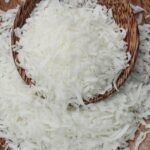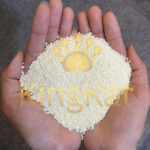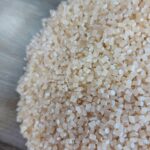CASHEW NUT SHELL OIL
In the competitive world of yogurt production, achieving the perfect balance of taste, texture, and stability is critical to meeting consumer demands. Modified tapioca starch has emerged as a game-changing ingredient, revolutionizing the way yogurt manufacturers create products that are not only delicious but also consistent and appealing. Here, we delve into seven key ways modified tapioca starch enhances yogurt’s texture and taste, setting it apart in the marketplace.
Table of Contents
Toggle1. Improved Creaminess and Mouthfeel
One of the most desirable qualities in yogurt is its creamy texture. Modified tapioca starch acts as a powerful thickening agent, creating a smooth, velvety mouthfeel that mimics the richness of full-fat yogurt, even in low-fat or non-fat formulations. Its ability to bind water and prevent syneresis (whey separation) ensures that every spoonful delivers the luxurious consistency consumers crave.
2. Enhanced Stability Over Shelf Life
Yogurt’s stability during storage is a critical factor in maintaining its appeal. Modified tapioca starch enhances the stability of yogurt by preventing phase separation and maintaining a uniform texture over time. This makes it particularly valuable for products with extended shelf lives or those that undergo transportation over long distances.
3. Superior Thickening Properties
Compared to traditional starches, modified tapioca starch provides superior thickening capabilities at lower usage levels. This not only reduces production costs but also ensures a more efficient formulation process. The result is a yogurt that is consistently thick and satisfying, without the need for additional additives that might impact flavor or consumer perception.
4. Reduced Syneresis (Whey Separation)
Syneresis is a common issue in yogurt production, where liquid whey separates from the solid portion of the product. This can detract from both the visual appeal and texture of yogurt. Modified tapioca starch is highly effective at binding water, minimizing syneresis and ensuring a uniform product. This property is especially beneficial in flavored or fruit-on-the-bottom yogurts, where stability is key.
5. Enhanced Flavor Release
Unlike some thickening agents that can mask or dull flavors, modified tapioca starch has a neutral taste profile. It allows the natural or added flavors in yogurt—such as vanilla, fruit, or honey—to shine through. This makes it ideal for premium yogurt products where taste is paramount.
6. Adaptability to Various Yogurt Types
Modified tapioca starch is versatile enough to be used in a wide range of yogurt types, from drinkable yogurts to Greek-style and set yogurts. Its adaptability ensures that manufacturers can achieve the desired texture and consistency for different products without compromising quality.
7. Clean-Label Appeal
With growing consumer demand for clean-label products, modified tapioca starch is an excellent choice. Derived from cassava, it aligns with trends toward plant-based, gluten-free, and allergen-free ingredients. Additionally, its natural origin and multifunctional properties allow manufacturers to simplify ingredient lists, enhancing the product’s appeal to health-conscious buyers.
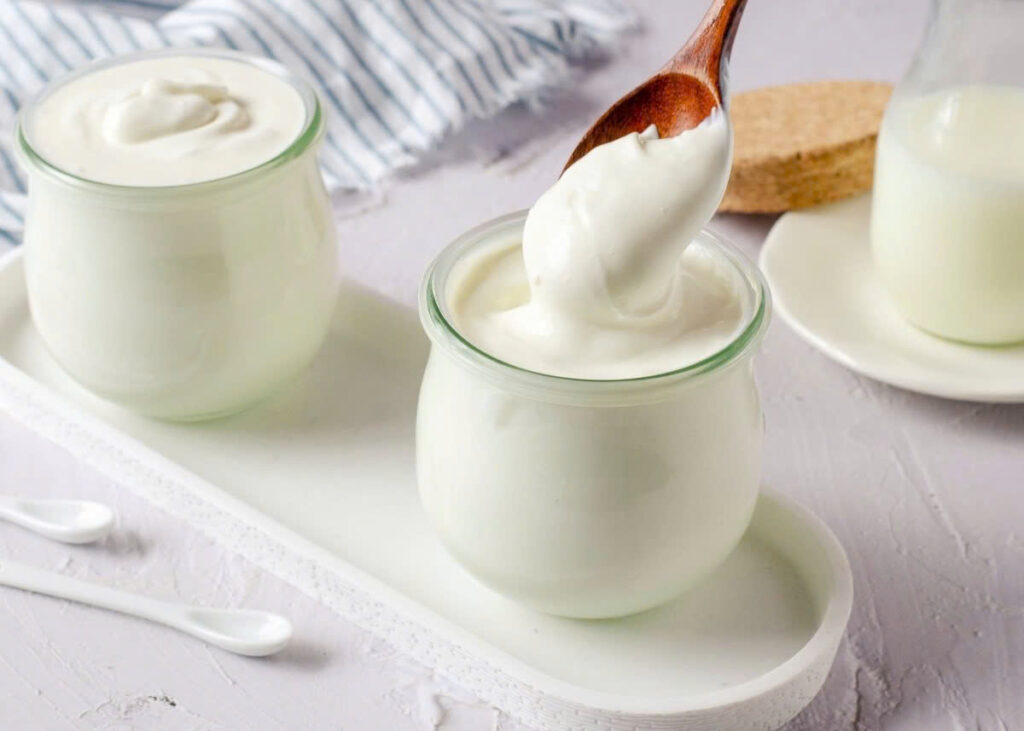
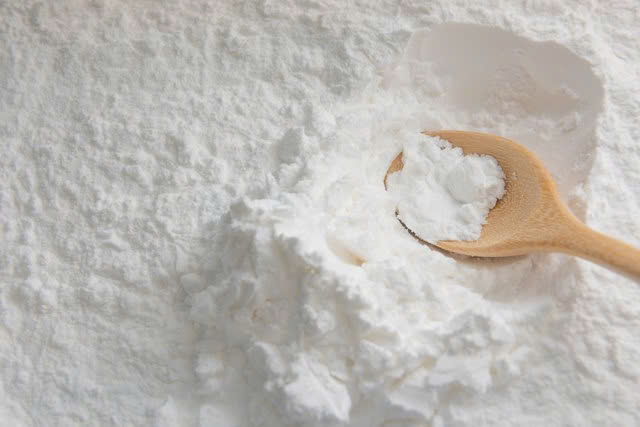
Conclusion
As consumer preferences evolve, yogurt manufacturers must innovate to stay ahead. Modified tapioca starch offers a powerful solution, enhancing yogurt’s texture, taste, and overall quality while meeting the demands of a competitive market. Its superior thickening properties, water-binding capabilities, and clean-label appeal make it an indispensable ingredient in modern yogurt production.
By incorporating modified tapioca starch into formulations, yogurt producers can deliver consistently high-quality products that delight consumers and stand out on the shelves. In a market where innovation drives success, this versatile ingredient is paving the way for the next generation of yogurt excellence.



